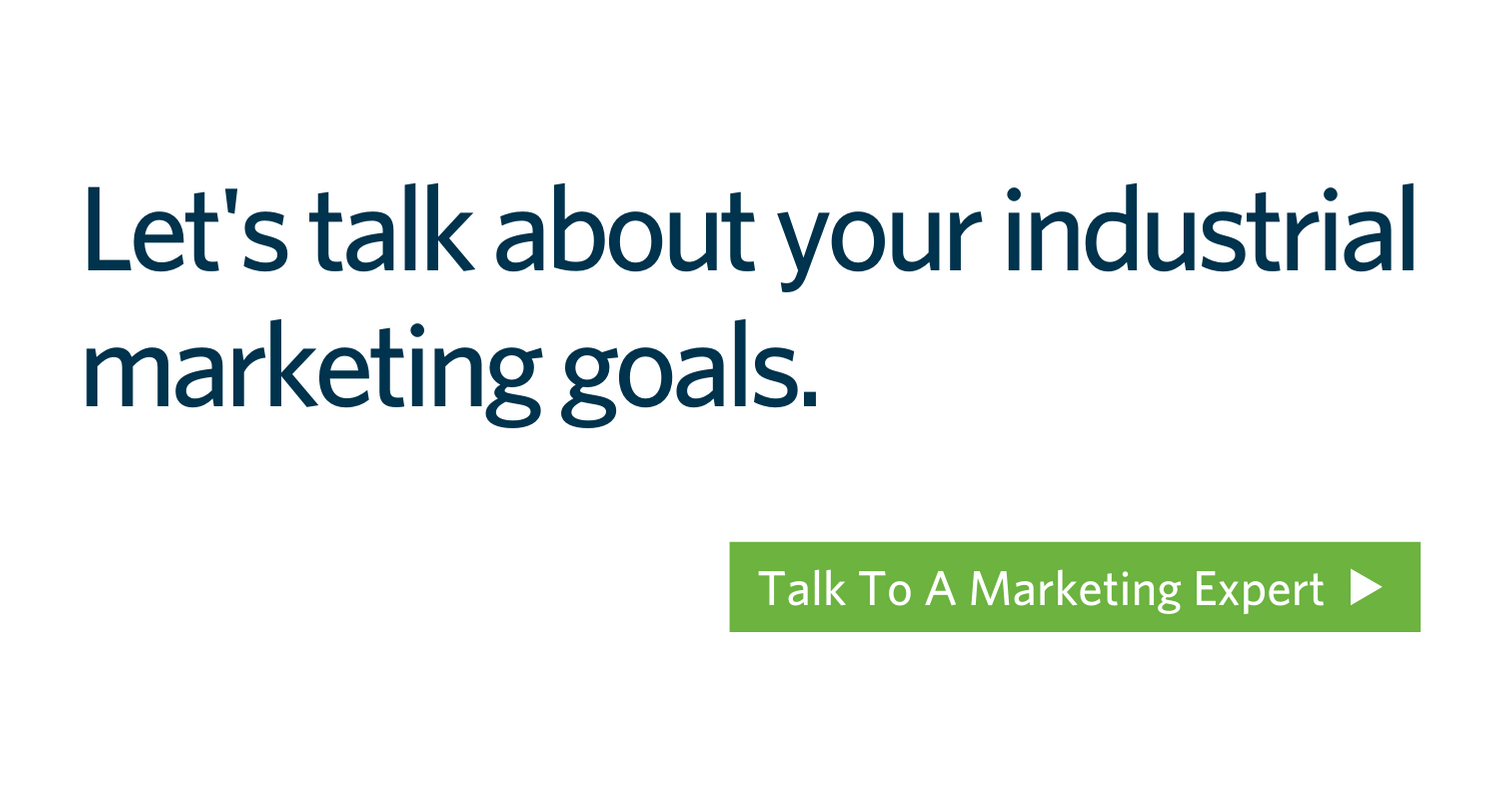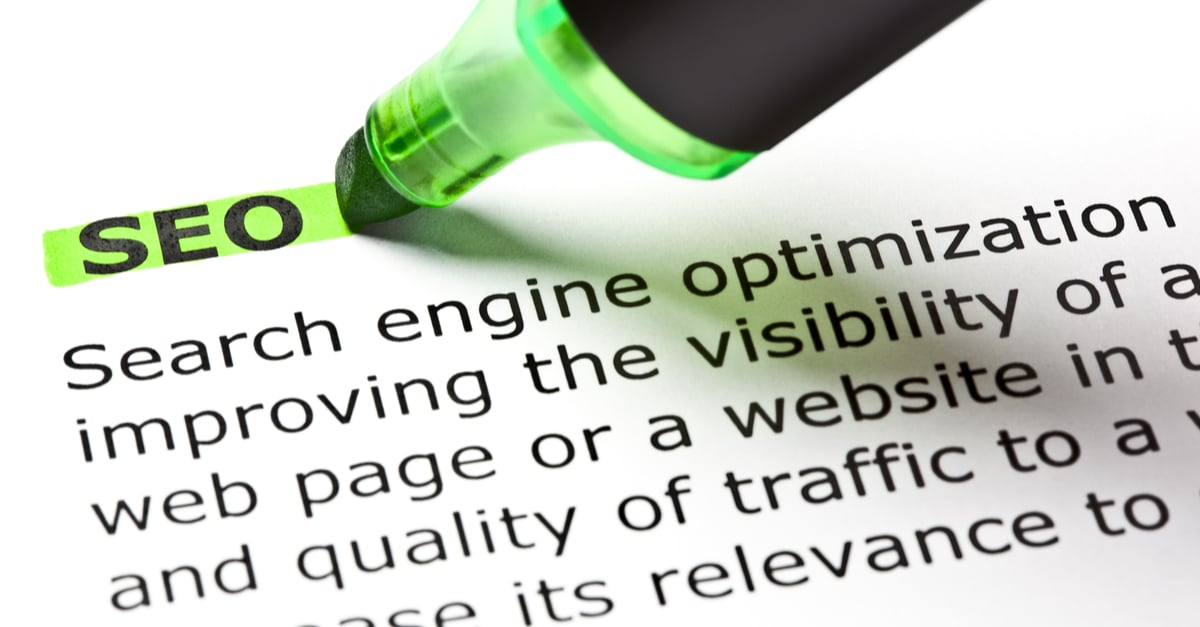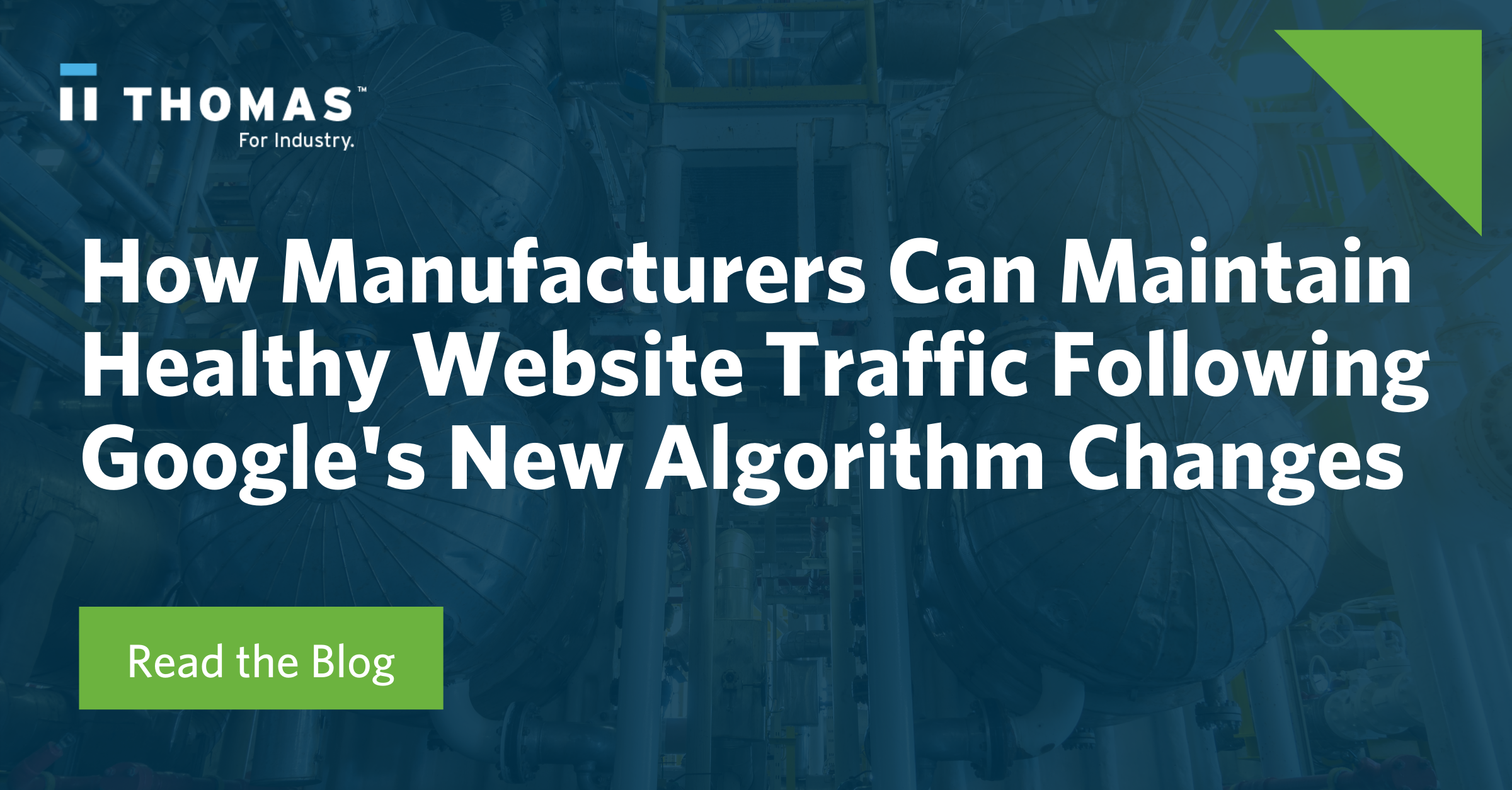6 Industrial PPC and SEO Best Practices You Should be Following
Mario DeAlmeida October 20, 2016
There's a lot to keep track of if you're marketing in the industrial space: You need to send out regular email marketing campaigns, follow best practices on social media, keep your website up-to-date, push out paid advertising campaigns and make sure you're getting plenty of organic traffic.
We talk pretty regularly about all of the topics mentioned above, and as RPM’s Director of Search, I make a point to bring you important insight to search engine optimization and pay-per-click strategies in particular.
In the past, we’ve covered a bunch of different SEO and PPC topics: industrial SEO basics, what gets your site in the SEO penalty box and how to get out, and the interconnected relationships between SEO, AdWords, and PPC.
But in light of Google’s search result page and AdWords changes earlier this year, not to mention their constantly evolving search algorithm, this seemed like the ideal time to loop specific best practices into one post.
Take a look at six relatively simple but effective items you should incorporate into your search strategy immediately:
1. Evaluate the competitiveness of your keywords
If you’re a metal stamper, it seems logical to use “metal stamping” as the primary phrase in your keyword strategy.
But think of all the other metal stampers out there — there are a lot, and the majority of them will be using “metal stamping” as their primary keyword.
Competition for broad, simple keywords will be high. To help your site stand out from the pack, develop specific long-tail keywords that hone in on what people will be searching for, as these are less likely to be used by others.
So, instead of just "metal stamping," you can target "high-volume metal stamping for automotive" or "chicago metal stamping and assemblies." See the difference?
2. Clean up your URLs
Do your URLs have unnecessary numbers or characters? Do they have a number of unnecessary breaks? Do they read something like this?

If so, it’s time to clean them up. If a person would have trouble reading, understanding, and remembering your URL, then so will Google.

You need to use words and phrases relevant to your pages in the URL string. By developing a clean, simple, and keyword-based system, you will make it easier for Google to crawl and index your pages. (Better indexing means better results rankings.)
3. Say “Maybe” to the Display Network
Google’s Display Network is a network of more than 2 million publisher sites that collectively reach about 90% of internet users around the world.
When you first create a PPC campaign, the network is included; your ads will appear in results for relevant searches and throughout the display network as well.
This probably sounds great — 90% is a huge potential audience for your ad, right? But the truth is, participating in the Display Network needs careful monitoring and expert guidiance.
So if you've got experience, go for it, but if you're new and your budget still limited, it's best to stay off the Display Network and focus on search results.
4. Be picky with time and location
Both time — not just duration but also specific timeframes — and location can be dictated in a PPC campaign. Using default settings can make it easier to start your campaign, but it could hurt you in the long run.
Default Google AdWords settings generate ads for the entirety of the United States and Canada. If you can’t ship internationally, though, any Canadian clicks you get are wasted budget dollars. If you’re located in the Northeast and focusing on regional distribution, a click from Los Angeles is of little use.
You also can, and should, tweak the times that your PPC ads are generated. If you’re in the Northeast and trying to get West Coast business, shift your hours from 9-5 to 10-6 or even 11-7 — test different slots and go with what works best.
5. Keep your site updated
If you last updated your site a year ago, think about doing it again. If you last updated it five years ago, definitely do it again. (Pro tip: Try a continuous improvement tactic like Growth-Driven Design.)
The Google algorithm searches for a ton of factors, so an updated site isn’t a make-or-break factor, but it is important. Both frontend user experience and backend coding play into search rankings, and they are both fields that change steadily and quickly.
Keeping your look fresh, your content new, and your coding modern will help boost your ranking — and in the case of the five-year-old site, could also help you avoid a penalty.
6. Never stop being flexible
Most importantly, never stop being flexible.
SEO and PPC are complex, constantly changing fields — it is unlikely that you’ll hit every note perfectly on your first attempt. Play around with your SEO keywords, your strategy, your PPC campaign, and all of the campaign settings until you find the formula that works best.
And if you're not ready to tackle this all on your own, contact us.
Did you find this useful?








